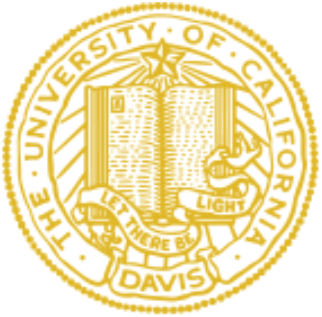Prophetic Patents
In most contexts, making up data is forbidden — considered fraudulent or even immoral. Not so in patents. Patents often contain experimental data and it is perfectly acceptable for these experiments to be entirely fictional. These so-called “prophetic examples” are not only explicitly permitted by both the Patent and Trademark Office and federal courts, but are considered almost equivalent to factual data in patent doctrine. Though prophetic examples are thought to be common, there are no studies of these experiments, no explanation for why fictional data are allowed in patents, and no evaluation of the practice.
Here, I provide the first historical, theoretical, and empirical analysis of prophetic examples. I collect and analyze a novel dataset of over 2 million U.S. patents and applications from the biological and chemical industries. I find that at least 17% of experiments in this population are fictional. Through both empirical and theoretical analyses, I assess the potential costs and benefits of prophetic examples. Prophetic examples are likely beneficial to individual patentees, but I find that on a population level, there are serious costs. Prophetic examples may hinder innovation because they prevent others from conducting their own experiments — even after the patent has expired and even if the prophetic example is incorrect. Prophetic examples also hopelessly confuse scientists — 99% of scientific articles that cite to prophetic examples incorrectly cite them as if they contained factual information — which means that made-up results from patents may contaminate the scientific literature.
I argue for a shift from prophesies to more clearly delimited hypotheses — roadmaps for future research, but nothing more — preserving what value there is in speculation while mitigating the clear harms of the practice. Beyond these concrete policy recommendations, my findings also have rich implications for theoretical debates about the physicality of invention, when and to whom patents should be granted, how patents transmit information, and, ultimately, how best to incentivize innovation.

